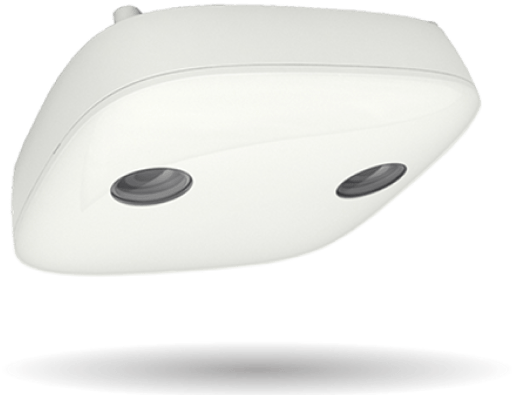Retail success hinges on not just attracting customers but understanding their behavior. Foot Traffic Counter has emerged as a crucial tool for retailers looking to gain valuable insights and boost sales. By accurately tracking and interpreting foot traffic, businesses can refine their strategies, enhance customer experiences, and ultimately increase revenue.
This blog explores how accurate foot traffic insights can propel retail sales, along with actionable ways to utilize this data effectively.
Why Foot Traffic Data Matters in Retail
Foot traffic data refers to the measurement of how many people visit a store or specific area within a retail space. This information offers critical insights into customer behavior, helping business owners identify patterns such as peak shopping days, hours, or even the most visited sections of the store.
But why is this data important? Simply put, foot traffic metrics provide a clear picture of customer interest, interaction, and overall engagement. By leveraging these insights, retailers can optimize store layouts, enhance marketing efforts, and increase conversion rates.
For example, if a retailer knows that weekdays between 5 PM and 7 PM see the highest foot traffic, they can adjust staffing and launch time-sensitive promotions to capitalize on the surge. Without such insight, these opportunities may be missed, resulting in underwhelming performance and sales.
How Accurate Foot Traffic Insights Can Boost Sales
To truly leverage foot traffic data, retailers need precise and actionable insights. Here are a few ways accurate foot traffic data can help boost sales:
1. Identify Customer Trends
Accurate foot traffic insights reveal trends in customer behavior. Do you notice an influx of shoppers during festive seasons or specific sales events? Understanding when customers are most active enables better inventory planning, staff allocation, and event marketing.
Plainly put, when you understand your customers’ habits, you can cater to their needs more effectively and improve their overall shopping experience.
2. Enhance Store Layout and Product Placement
By identifying the most frequented areas of a store, retailers can make informed decisions about product placement and layout optimization. Placing bestsellers or promotional items in high-traffic zones can lead to higher visibility and increased purchases.
Additionally, understanding foot traffic flow can minimize congestion during busy periods by redesigning aisle spacing, entrances, and checkout counters. A well-organized space keeps customers engaged and encourages more browsing.
3. Optimize Staffing Levels
Having precise foot traffic data also helps streamline staff schedules. Retailers can match staffing levels to peak traffic times, thereby avoiding overstaffing during low-traffic hours or being understaffed when most needed.
Efficient staffing not only minimizes operating costs but also ensures that customers receive prompt assistance, boosting satisfaction and improving the likelihood of repeat visits.
4. Increase Marketing Effectiveness
When paired with marketing data, foot traffic insights can validate the effectiveness of promotional campaigns. For instance, a sharp increase in foot traffic following a specific ad campaign signals success, while an underwhelming result indicates that adjustments are needed.
This data-driven approach creates opportunities for personalized marketing campaigns tailored to a store’s customer base. By pinpointing what works with each audience, businesses can create targeted strategies that drive both traffic and conversions.
5. Measure the Impact of New Initiatives
Launching seasonal promotions, introducing new product lines, or even shifting store hours—each decision can benefit from foot traffic analysis. Accurate metrics show changes in customer behavior and enable retailers to assess returns on investment (ROI), allowing continuous improvement in operations.
Turning Insights into Action
Foot traffic data is only as valuable as the actions taken based on those insights. To reap the full benefits, retailers should:
• Implement reliable tracking systems for precise data collection.
•
• Regularly analyze foot traffic patterns to stay ahead of shifts in customer behavior.
•
• Integrate these insights with other business metrics to make strategic decisions.
•
Retailers who invest in understanding their foot traffic will find themselves better equipped to adapt, innovate, and thrive in an increasingly competitive landscape. By leveraging accurate data, teams can make smarter decisions that directly impact the bottom line.
Now is the time for retailers to move beyond assumptions and rely on measurable insights to enhance the customer experience and drive sales growth. The power lies in the numbers—accurate foot traffic insights will transform the way businesses understand and engage with their customers.



